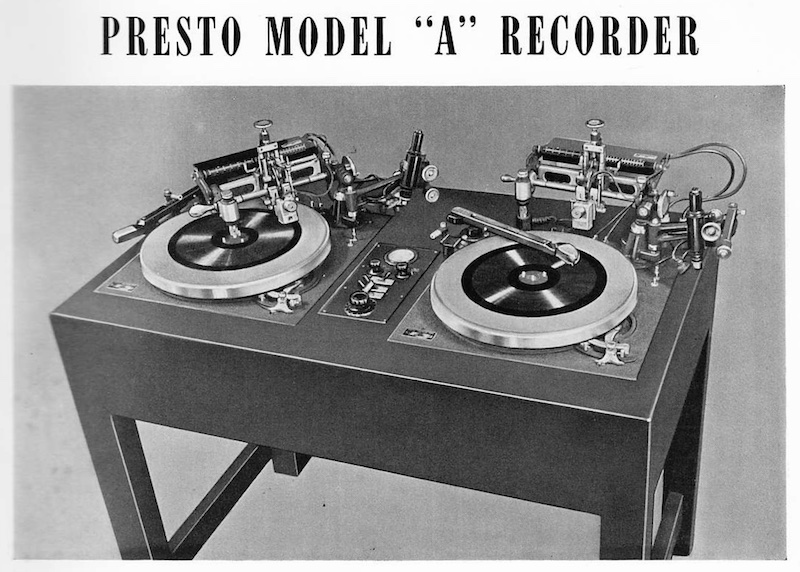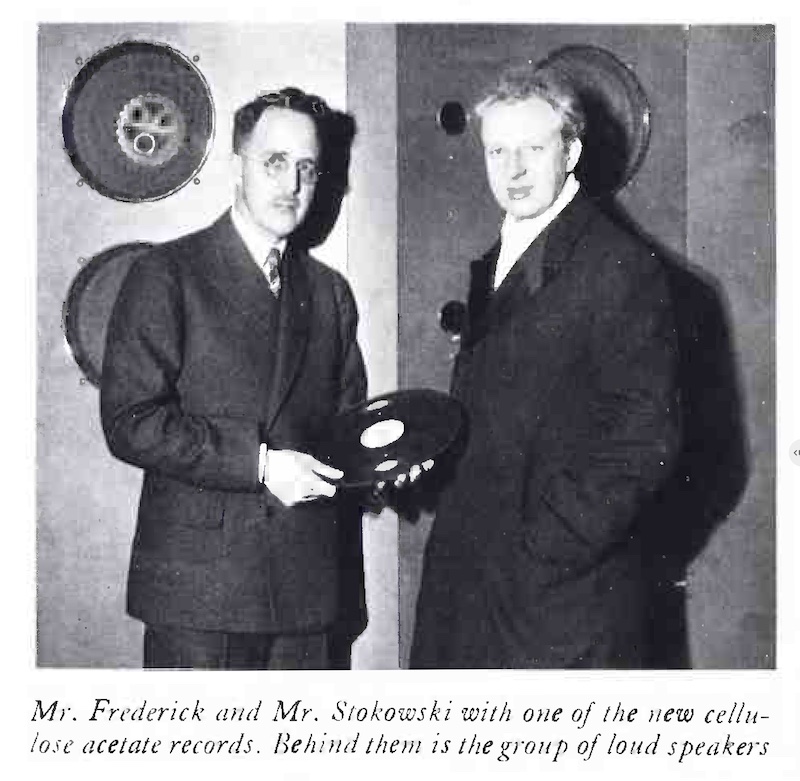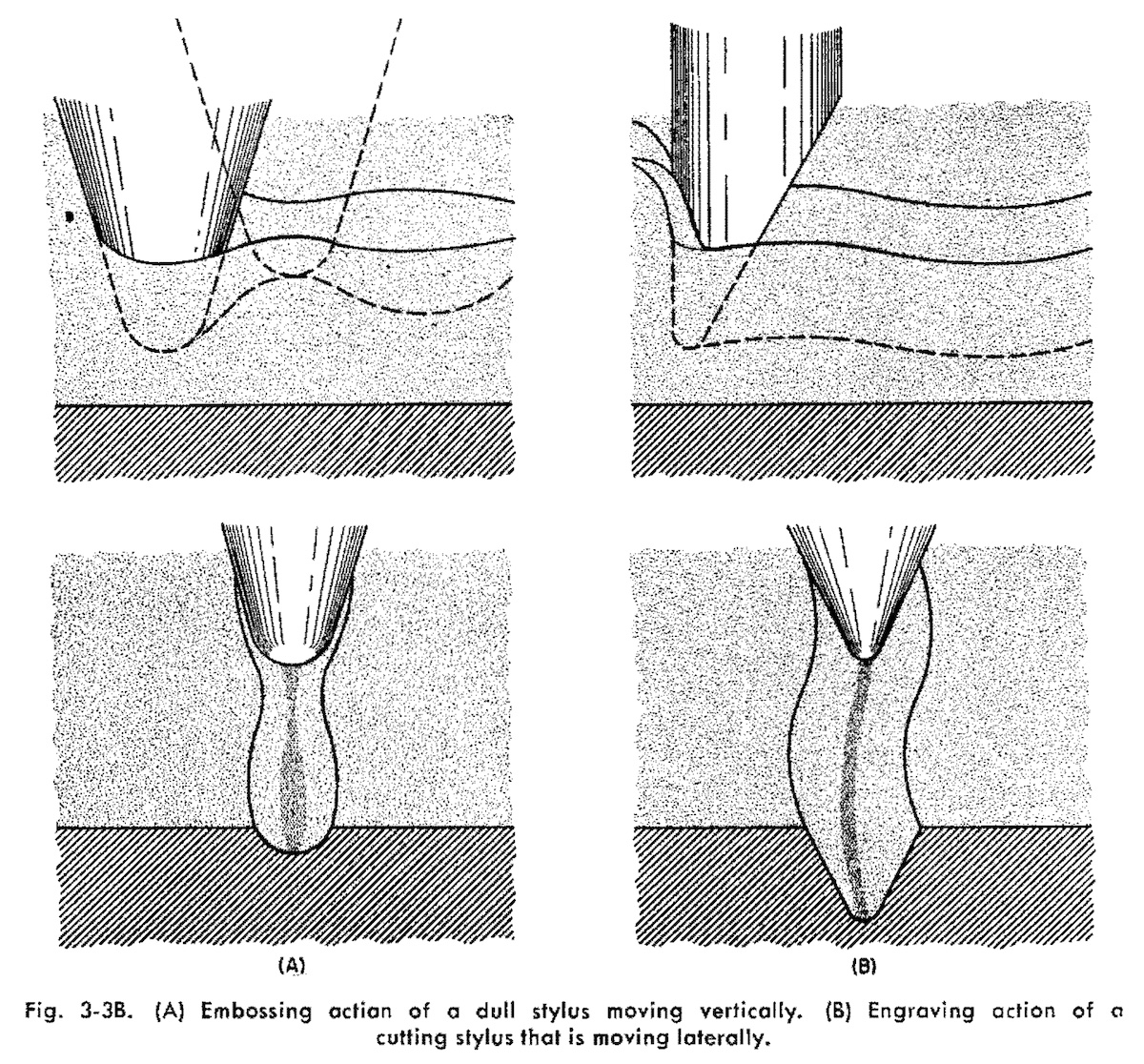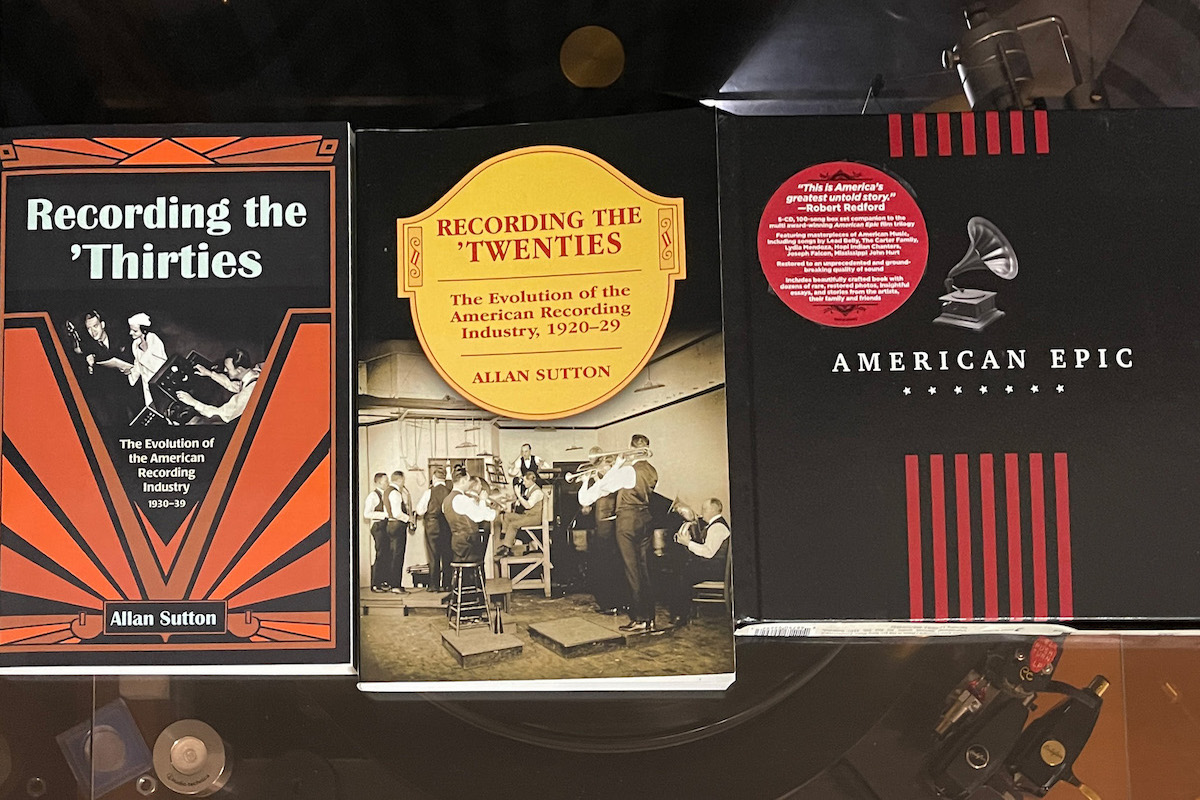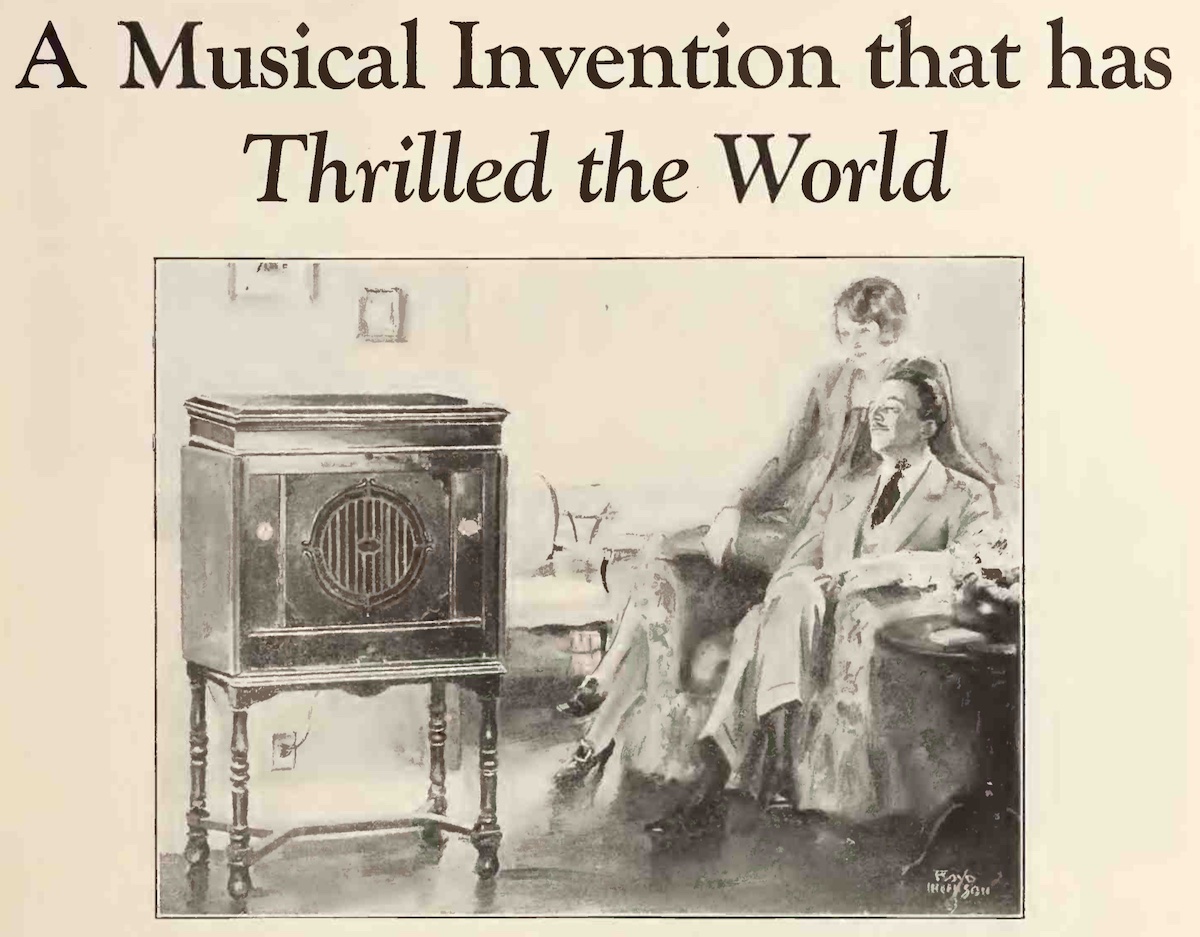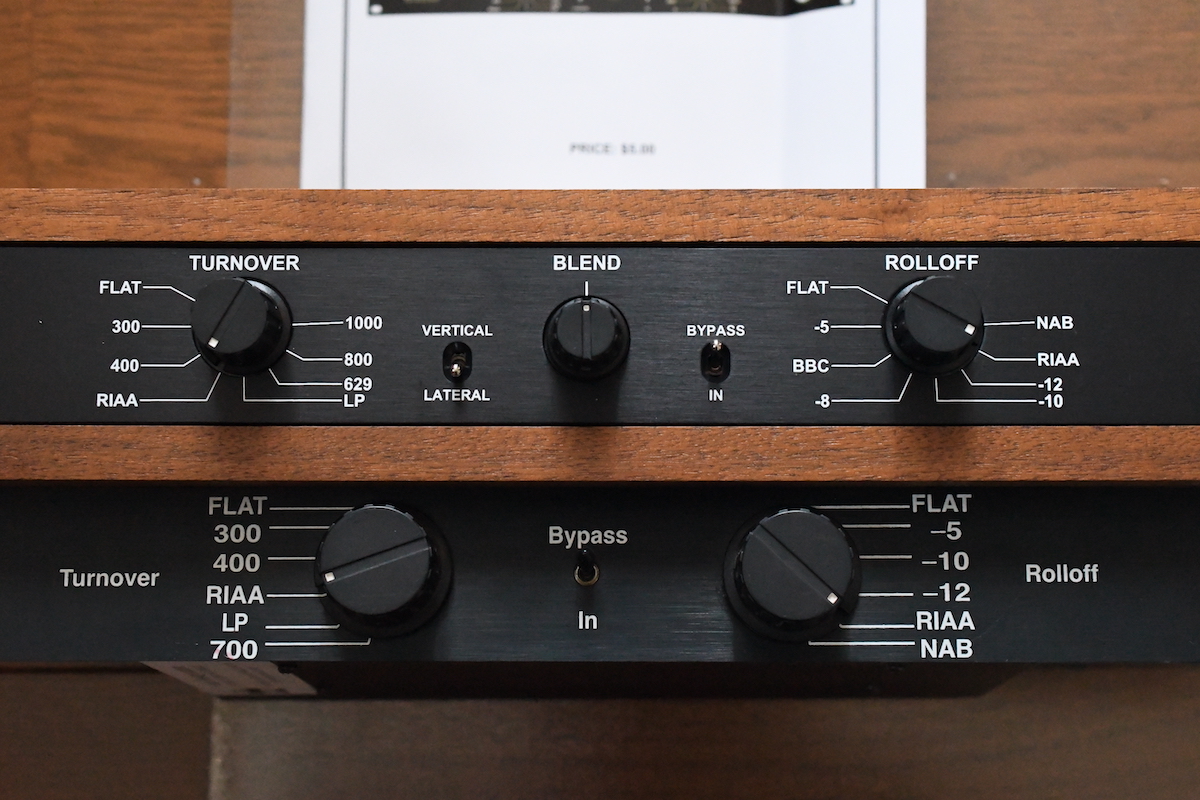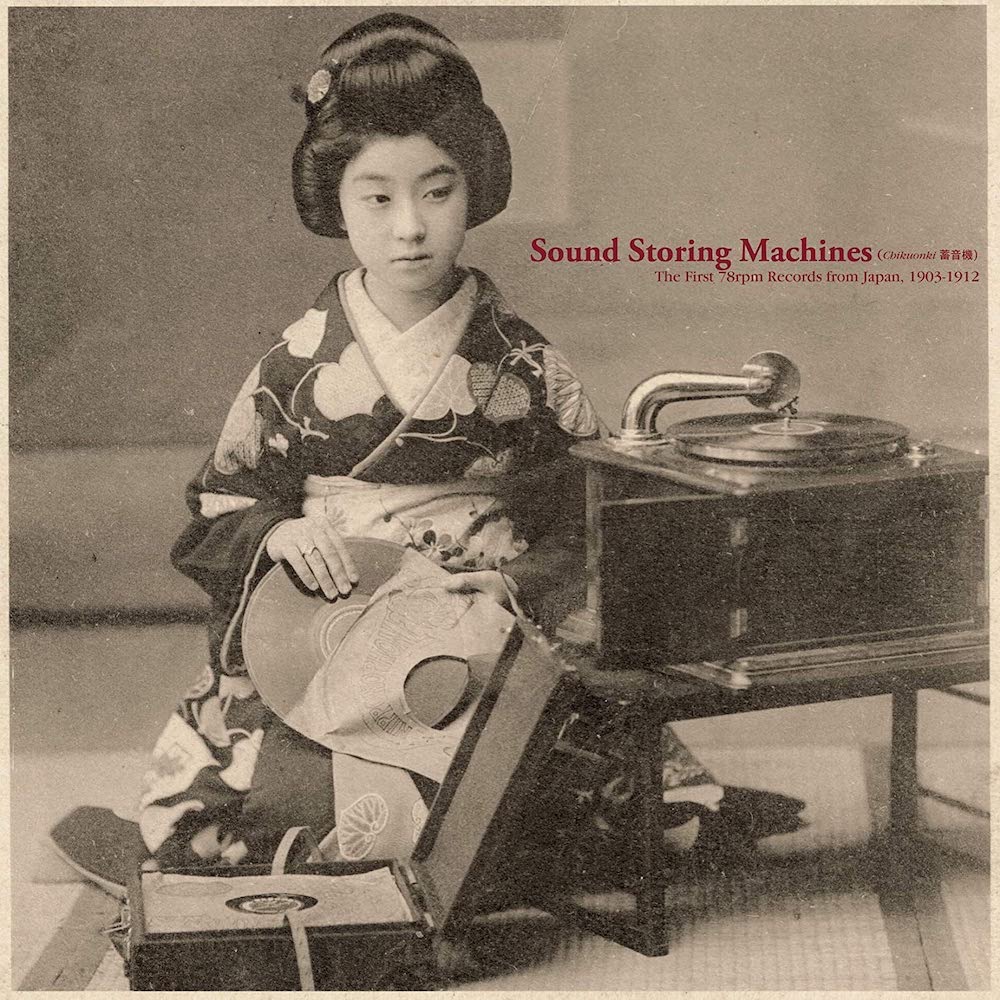Things I learned on Phono EQ curves, Pt. 7
前回 Pt.6 では、アセテート録音機の誕生、そこで使われていたカッターヘッドの記録特性、横振動盤再生時の高調波歪の論文、1938年時点での超軽量ピックアップの開発など、あれこれについて調べました。
On the previous part 6, I studied on the advent of instantaneous lacquer disc recorders, frequency responses of the instantaneous cutterheads, an important paper on harmonic distortion of phonograph reproduction, development of ultra-lightweight pickups in 1938, etc.
今回はその続きで、ジュークボックス の登場、圧電式ピックアップ の登場、時代の徒花(?) 定振幅録音特性システムの試み について学んでいきます。1942年(放送局トランスクリプション用)NAB録音再生カーブの策定、そして戦後のマイクログルーヴLP時代まで、あともう少しという感じです。
This time, I am going to continue learning the history, including an advent of “jukebox” players and piezoelectric pickups, as well as the attempt of “constant-amplitude” recording/reproducing that proved abortive.The standardization of the 1942 NAB curve (for electrical transcription discs) and the advent of microgroove LPs are just a few steps ahead.
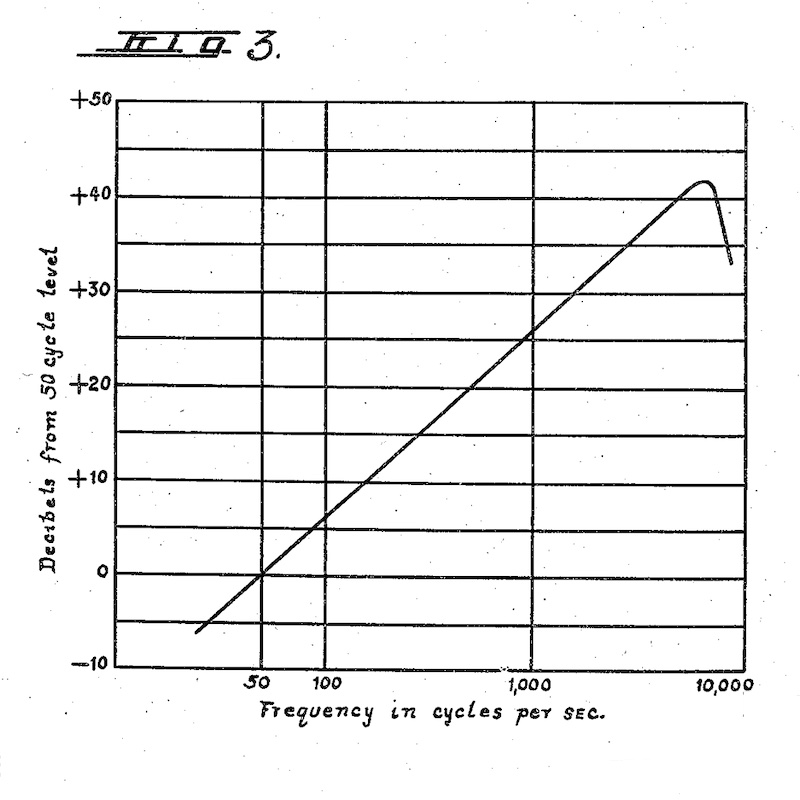
source: “Sound recording and reproducing system”, US Patent 2,139,916, by Stuart W. Seeley.

